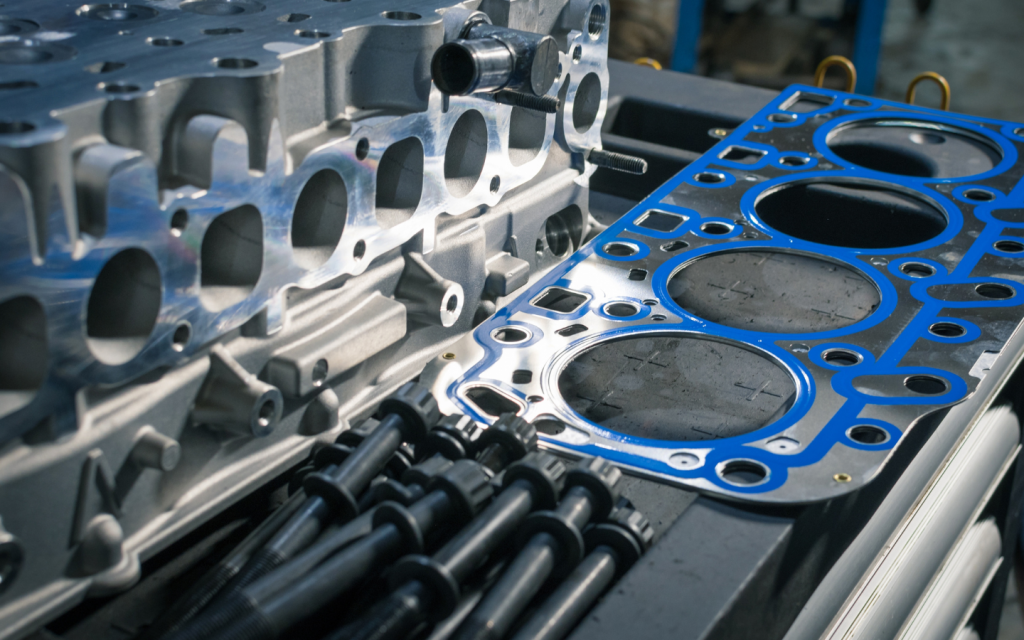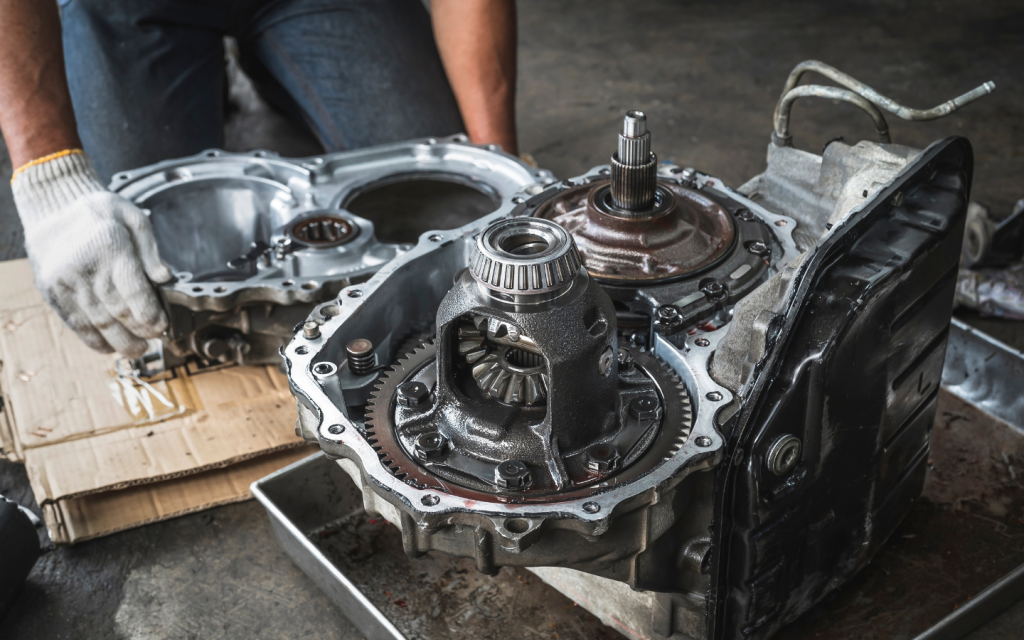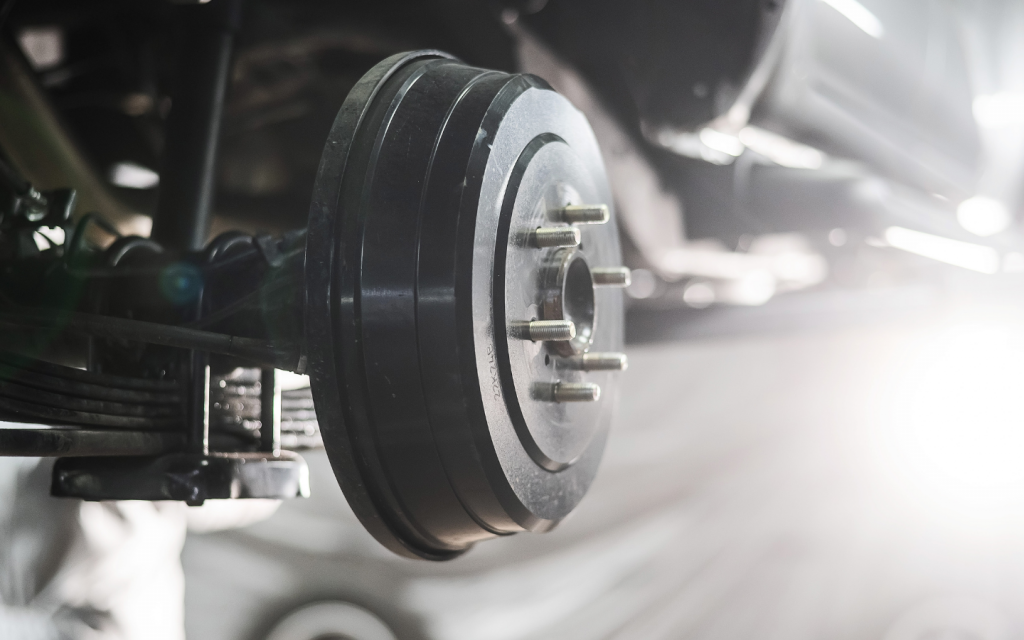All About Sand Casting in Cars
Sand casting is one of the oldest and most versatile metal-forming techniques and it continues to play a vital role in modern automotive manufacturing. By shaping molten metal within sand moulds, this method enables the production of complex and durable components such as engine blocks, cylinder heads and transmission housings. Despite advances in manufacturing technologies, sand casting in cars remains indispensable due to its flexibility, cost-effectiveness and ability to handle a wide range of metals.
What is Sand Casting?
The sand casting process in car production uses sand as the mould material. It’s one of the oldest known metal-forming techniques, dating back more than 3,000 years. In its simplest form, molten metal is poured into a sand mould cavity that matches the shape of the desired part. Once the metal solidifies, the sand is broken away, revealing the cast component.
The automotive industry relies heavily on sand casting in cars because it can produce parts with complex geometries and cast metals that are difficult to form using other methods, such as aluminium, cast iron and steel.
Working And Role of Sand Casting In The Automotive Industry
The sand casting process in automotive applications follows a series of well-defined steps. They are as follows:
Pattern Creation
A pattern of the desired component is created from wood, plastic or metal. This pattern is a replica of the final part and serves as the model for the mould cavity.
Mould Preparation

The pattern is pressed into specially prepared sand, which is mixed with clay or chemical binders for strength. The sand is packed tightly around the pattern in a mould box (known as a flask). Once removed, it leaves behind a cavity shaped like the component.
Core Insertion (if needed)
For parts that require hollow sections (like engine blocks), sand cores are placed inside the mould to create internal cavities.
Pouring
Molten metal, heated to temperatures that can exceed 1,500°C depending on the material, is poured into the mould cavity.
Cooling and Solidification
The metal cools and hardens into the shape of the mould. The cooling rate can affect the final mechanical properties of the component.
Shakeout
After solidification, the sand mould is broken to reveal the cast part. The used sand is often recycled for future moulds.
Cleaning and Finishing
Excess material, such as sprues and risers, is removed. The surface may be machined or polished to meet specifications.
Sand casting applications in automobiles
Sand casting plays a critical role in the production of numerous car components, particularly those that must be strong, durable and complex in shape. Common applications include:
Engine Blocks
The powerhouse of the car, the engine block, is often sand cast. Its intricate internal passages for coolant and oil make it an ideal candidate for sand casting with cores.

Cylinder Heads
Cylinder heads require precise internal cavities to handle airflow and combustion. Sand casting provides the flexibility to create these complex geometries.
Transmission Housings
Sand casting allows for the production of robust housings that can handle the stresses of gear shifting and torque transfer.
Manifolds (Intake and Exhaust)
With their twisting, hollow shapes, manifolds are perfectly suited for sand casting.
Brackets and Mounts
Structural components like suspension brackets and motor mounts are often produced using sand casting.
Benefits of sand casting for car parts
Sand casting in cars offers several advantages that explain its widespread use in the automotive sector:
Versatility and Flexibility
From small brackets to large engine blocks, sand casting can handle a wide range of sizes and complex geometries. In addition, almost any metal alloy, aluminium, iron, steel, or magnesium can be cast using sand moulds. This flexibility is crucial for automakers to balance car weight, strength and cost.
Cost-Effectiveness
Sand casting moulds are relatively inexpensive to produce compared to permanent moulds or die casting. This makes it economical for both low-volume and high-volume production.
Adaptability for Prototyping
Since moulds are easy to change, sand casting is ideal for producing prototypes and testing new designs before mass production.
Recyclability of Sand
The sand used in moulds can often be reclaimed and reused, contributing to sustainability efforts in automotive manufacturing.
Limitations of Sand Casting in Cars
Although widely used, sand casting has some drawbacks. It often produces rough surfaces that need extra machining and parts may shrink or distort during cooling. The process is also slower than die casting and still requires significant manual work, especially in mould preparation and finishing.

Sand Casting vs Other Casting Methods in Cars
It’s worth comparing sand casting in cars to other casting methods to understand its place in automotive manufacturing:
Die Casting
Die casting delivers smooth surfaces and high precision, but it can only be used with metals that melt at lower temperatures, such as aluminium and magnesium. It is also more costly to make large parts.
Investment Casting
Investment casting provides excellent detail and accuracy, making it suitable for intricate designs. However, it is expensive and usually reserved for smaller components.
Permanent mould Casting
Produces stronger parts with better surface finishes but lacks the flexibility of sand casting for complex geometries.
FAQs
What car parts are sand-cast?
Common sand-cast car parts include engine blocks, cylinder heads, manifolds, brake drums and various brackets or mounts.
What is a sand cast engine?
A sand cast engine is one built using sand moulds to shape key components such as the engine block and cylinder head.
Is casting used for mass production?
Yes, sand casting in cars is often used for the mass production of various auto parts such as crankshafts.
That is all about sand casting in cars. The method is widely used in the automotive industry and has many advantages.
Furthermore, if you are looking for a new ride for daily commutes, browse through these new cars for sale in the UAE, offering a wide range of choices.
To learn more about various automotive processes and features, keep reading dubizzle’s cars blogs.
Comments
Post a Comment